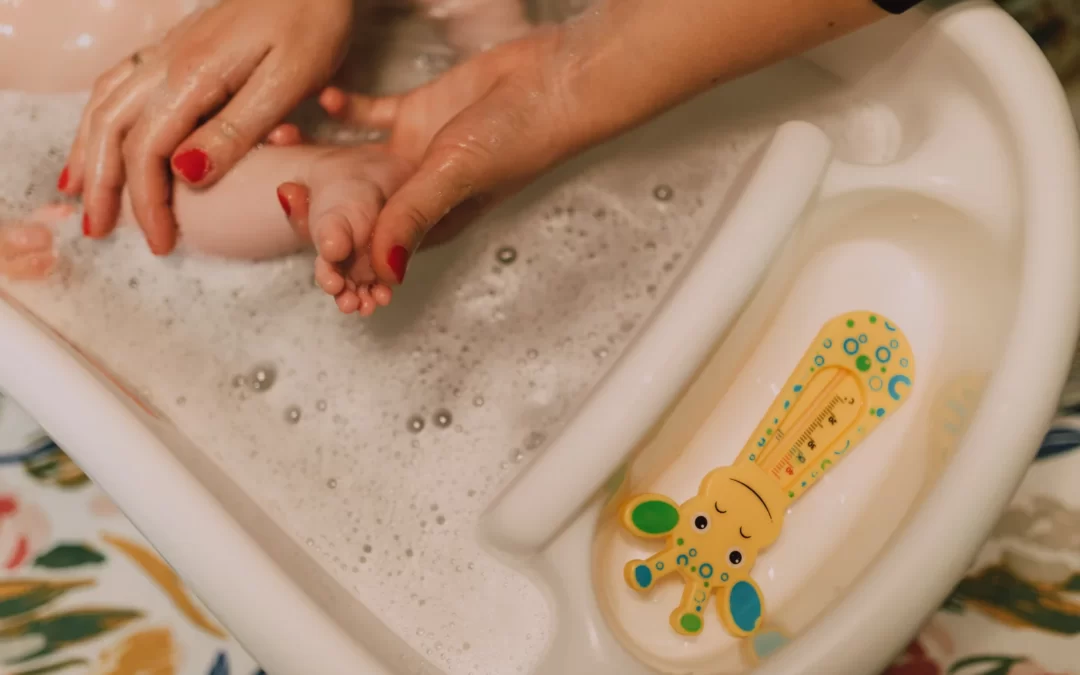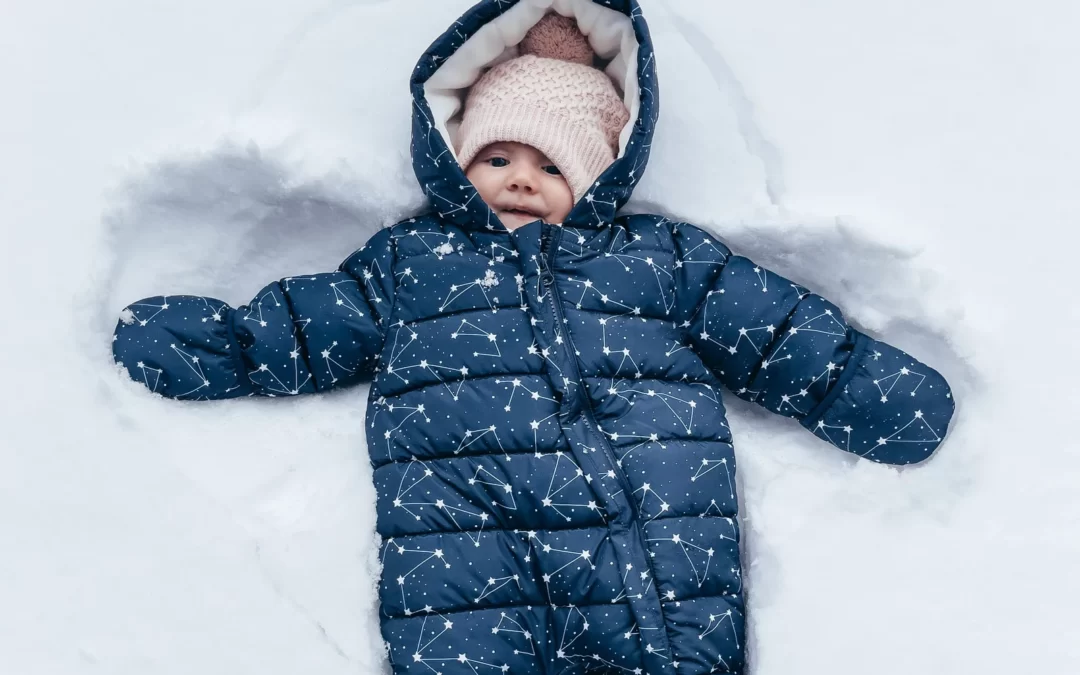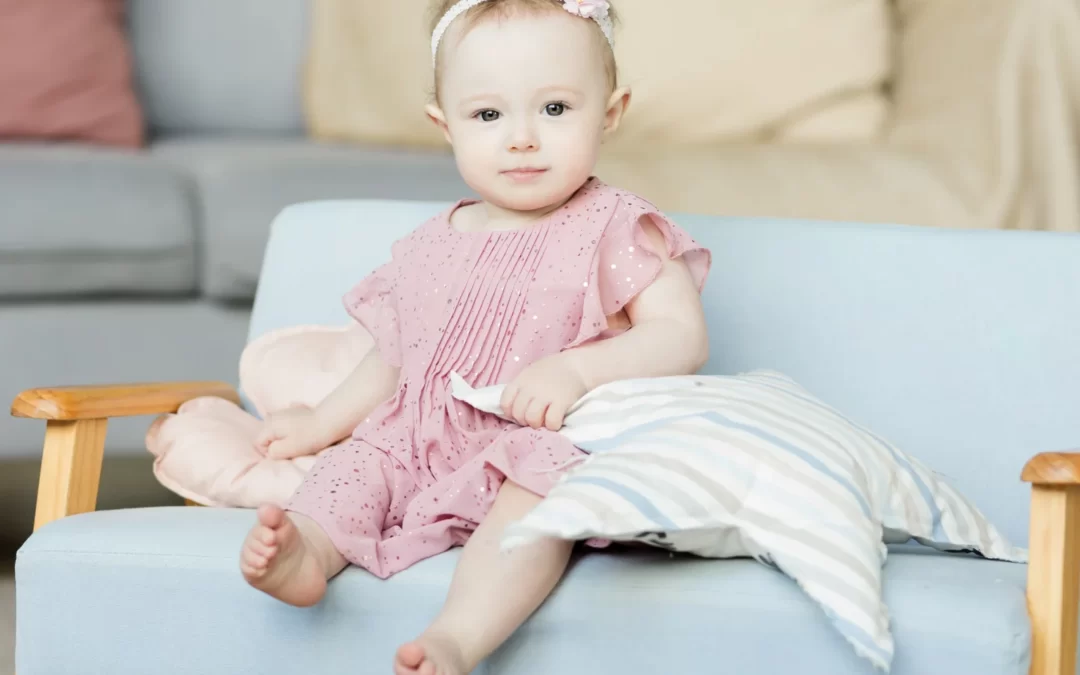
Uncategorized
Giving your baby their first bath at home can be a memorable and special experience, but it can also be a bit nerve-wracking for new parents. Here are some steps to follow to make the process easier and safer:
- Gather all necessary supplies: Before you start, gather all the supplies you will need, such as a baby bathtub or basin, mild baby soap, a washcloth, a soft towel, clean clothes, and a diaper.
- Prepare the bath area: Choose a clean and warm room with a flat and stable surface to place the baby bathtub. Fill the tub with warm water, making sure it’s not too hot or cold (around 100°F or 38°C). Test the water temperature using your elbow or wrist.
- Undress your baby: Take off your baby’s clothes and diaper and wrap them in a soft towel to keep them warm.
- Support your baby: Hold your baby securely and slowly lower them into the water, supporting their head and neck with one hand and using the other hand to wash them.
- Wash your baby gently: Use a small amount of mild baby soap on a washcloth or your hand to wash your baby’s body, starting from their head and working down to their feet. Rinse off the soap with clean water and pat your baby dry with a soft towel.
- Dress your baby: Once your baby is dry, dress them in clean clothes and a diaper.
- Clean up: Clean and dry the bathtub and all the bath supplies thoroughly.
Remember to never leave your baby unattended in the bath, even for a second, and always keep one hand on your baby to prevent them from slipping or drowning. With time and practice, giving your baby a bath will become a routine and enjoyable experience for both of you.

Uncategorized
The World Health Organization (WHO) recommends exclusive breastfeeding for the first six months of a baby’s life. After that, you can gradually introduce solid foods while continuing to breastfeed until at least 12 months of age or longer if both you and your baby wish to continue. Here are some signs that your baby may be ready to start eating solid foods:
- Your baby can sit up with support or on their own.
- Your baby has good head and neck control.
- Your baby has lost the tongue-thrust reflex, which means they can move food from the front to the back of their mouth and swallow it.
- Your baby shows interest in what you’re eating and may even try to grab food from your plate.
- Your baby is still hungry after a full breastfeeding session.
It’s important to introduce solid foods gradually, one at a time, and wait a few days before introducing another food to make sure your baby isn’t allergic or intolerant to it. Start with small amounts of soft foods, such as pureed vegetables, fruits, or baby cereals, and gradually increase the amount and texture as your baby gets used to it.
Consult your pediatrician if you have any concerns about when and how to introduce solid foods to your baby.

Uncategorized
Taking care of a baby during winter can be challenging, but with proper planning and care, you can help keep your baby safe and comfortable. Here are some tips for taking care of your baby during winter:
- Dress your baby in layers: Dress your baby in layers of warm clothing, including a onesie, pants, and a sweater or jacket. Make sure their head, hands, and feet are covered too.
- Use a hat and mittens: A hat and mittens can keep your baby’s head and hands warm. Make sure they fit well and aren’t too tight.
- Keep your home warm: Keep your home warm and comfortable by using a heater or a fireplace. Make sure the room temperature is between 68°F and 72°F (20°C and 22.2°C).
- Avoid overheating: Avoid overheating your baby by removing a layer of clothing if they seem too warm.
- Keep your baby dry: Change your baby’s wet or soiled diapers and clothes immediately to prevent them from getting cold and uncomfortable.
- Protect your baby’s skin: Apply a moisturizer to your baby’s skin to prevent it from getting dry and cracked. Use a mild, fragrance-free lotion or cream.
- Avoid taking your baby outside during extreme weather conditions: Avoid taking your baby outside during extreme weather conditions, such as heavy snow or freezing temperatures.
- Consider a humidifier: A humidifier can help prevent your baby’s skin from getting dry and help ease congestion if they have a cold.
Remember, always monitor your baby’s temperature and behavior to ensure they are comfortable and safe during winter.

Uncategorized
When it comes to dressing up your baby, it’s important to keep in mind that safety should always come first. Here are some accessories that you can use on your baby:
- Hats: A hat is a great accessory to keep your baby’s head warm and protected from the sun. Choose a hat that fits snugly but isn’t too tight and covers their ears.
- Socks or Booties: Socks or booties can keep your baby’s feet warm and protect them from the elements. Choose ones that fit well and have non-skid soles if your baby is starting to walk.
- Mittens: Mittens can prevent your baby from scratching their face and keep their hands warm. Look for ones that are snug but not too tight.
- Bibs: Bibs can protect your baby’s clothes from drool, spit-up, and food. Choose bibs that are easy to put on and take off and are made from soft, absorbent material.
- Swaddle blankets: Swaddle blankets can help soothe your baby and keep them warm and secure. Look for blankets that are soft and breathable.
- Diaper bag: A diaper bag is a must-have accessory for parents on the go. Look for one with plenty of pockets and compartments to keep your baby’s essentials organized.
Remember, always prioritize your baby’s safety and comfort when choosing accessories for them.



